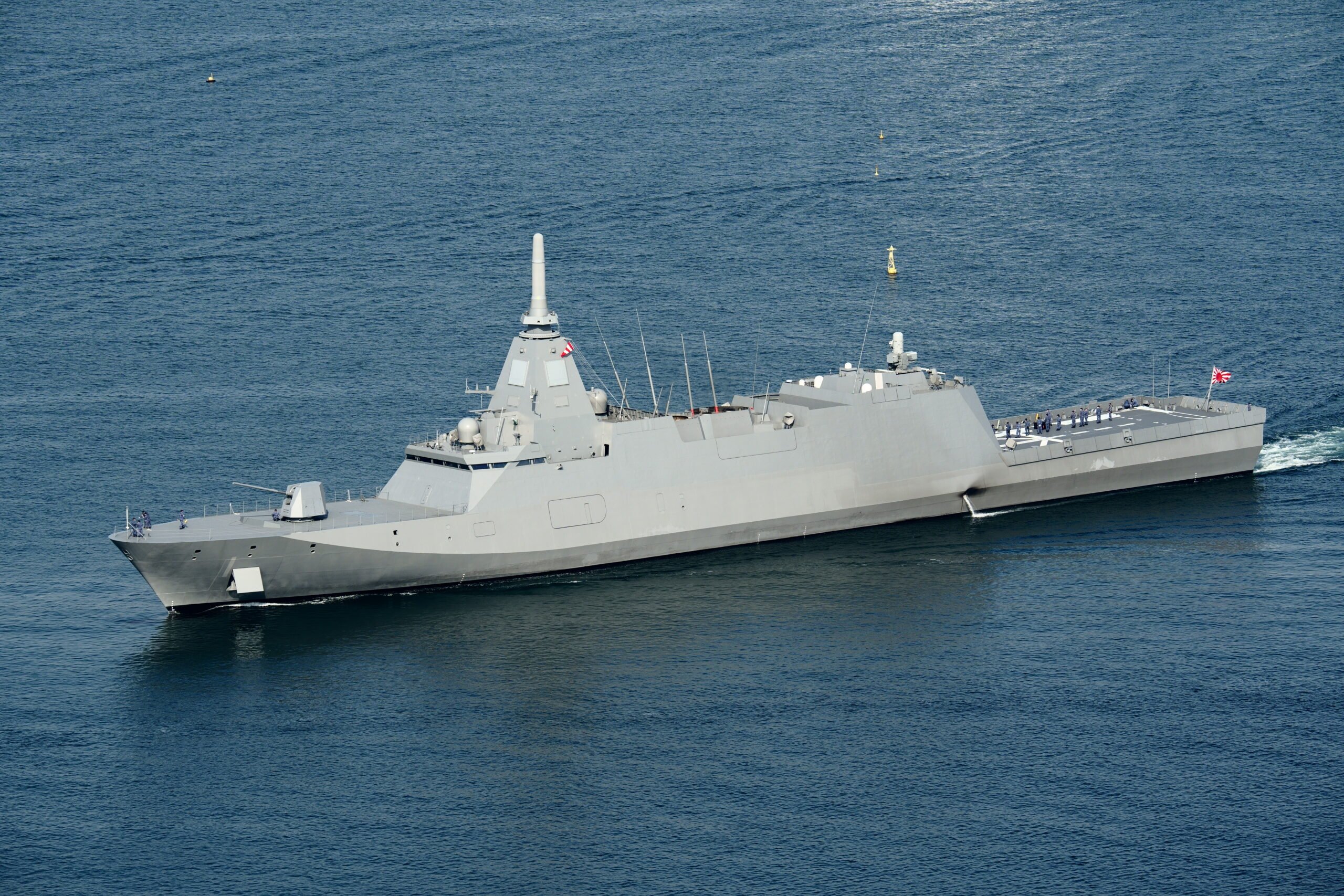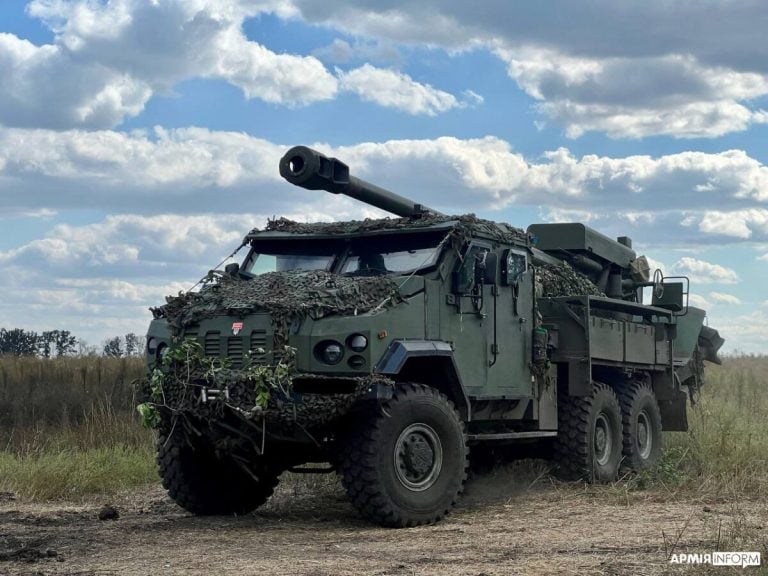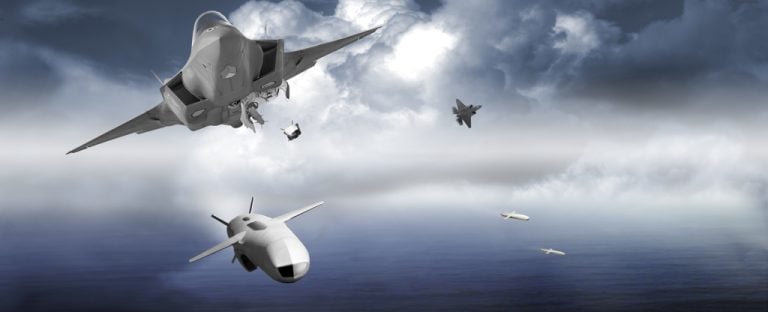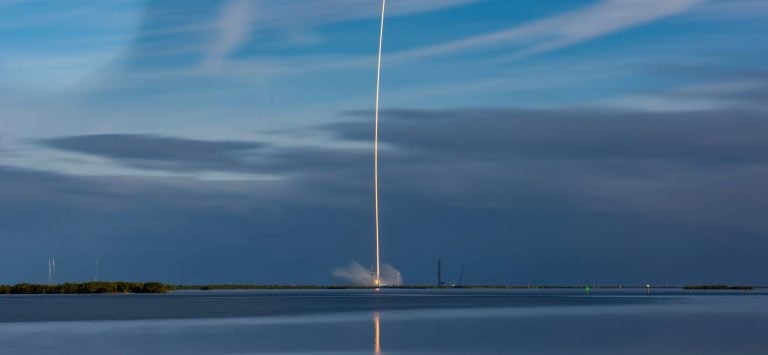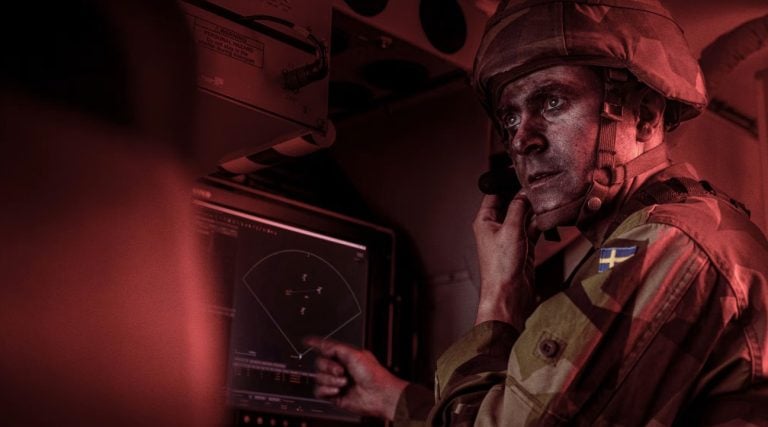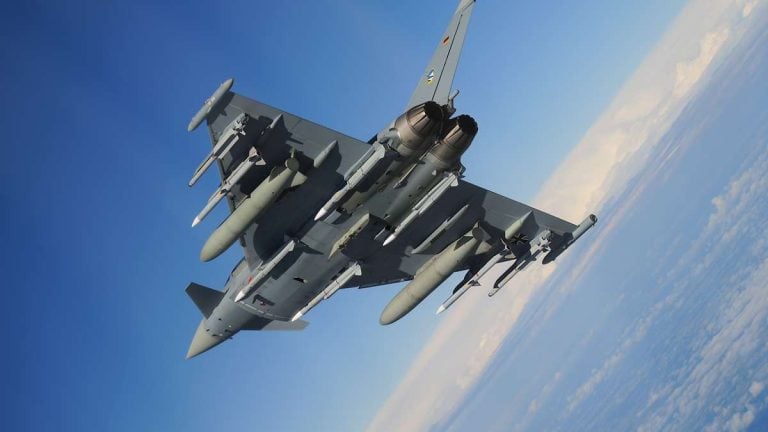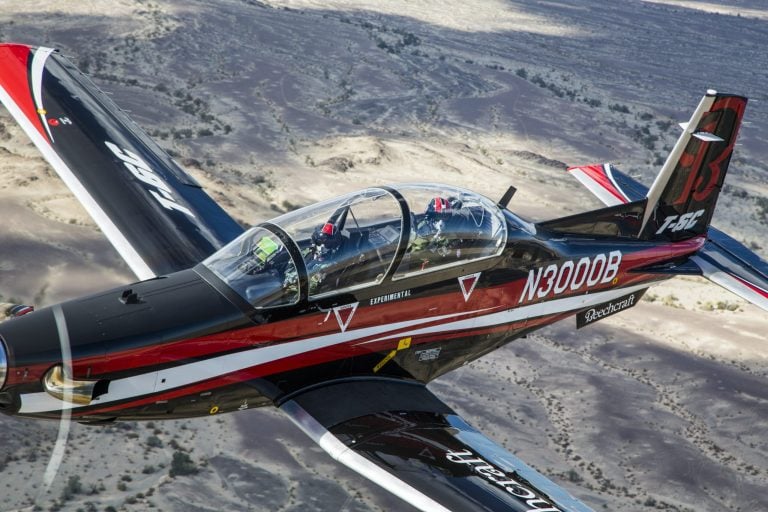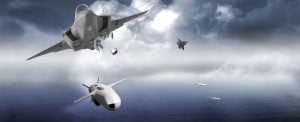New Zealand is evaluating the incorporation of Japan’s advanced Mogami-class stealth frigate, referred to as the New FFM, into its naval fleet as part of an extensive renewal initiative. This potential acquisition was underscored during a recent meeting in Tokyo between Rear Admiral Garin Golding, Chief of the Royal New Zealand Navy, and Japan’s Defense Minister Gen Nakatani.
The two officials pointed to the escalating activities of China in the Pacific region as a significant factor driving this modernization effort. Rear Adm. Golding articulated the necessity for enhanced collaboration with Japan, referencing the shared strategic concerns. Nakatani acknowledged New Zealand as a “very important partner” and expressed a commitment to fostering stronger defense ties between the two nations.
In addition to discussing the frigate’s acquisition, the dialogue encompassed potential cooperation on various aspects related to the warships, including technology, production, and integration. Although an acquisition contract was not finalized during the meeting, the New FFM emerged as a strong contender for New Zealand’s next-generation frigate program.
This initiative aligns with Australia’s recent decision to adopt the upgraded Mogami design for its General Purpose Frigate program, which may serve as a model for regional collaboration. Australia is currently in the process of constructing 11 vessels based on the New FFM design, with an investment exceeding $6 billion. This development could offer New Zealand the benefits of reduced costs, improved training opportunities, and enhanced interoperability between the Royal Australian Navy and the Royal New Zealand Navy, both of which currently operate aging 1990s-era Anzac-class frigates slated for replacement.
The New FFM, under development by Mitsubishi Heavy Industries, is designed to be 142 meters in length with a beam of 17 meters. It is expected to feature an advanced radar system and a 32-cell Mark 41 vertical launch system that doubles the capacity of its predecessor, allowing it to deploy surface-to-air and anti-ship missiles, torpedoes, and light artillery naval guns.
This next-generation vessel will be equipped with a combined diesel and gas engine system, common in the standard Mogami class, and will support a crew of up to 90 personnel as well as a patrol helicopter. Japan plans to acquire a total of 12 New FFMs, with the first two anticipated to enter service in 2028. If construction proceeds as planned, the full fleet is expected to be operational by 2032.
